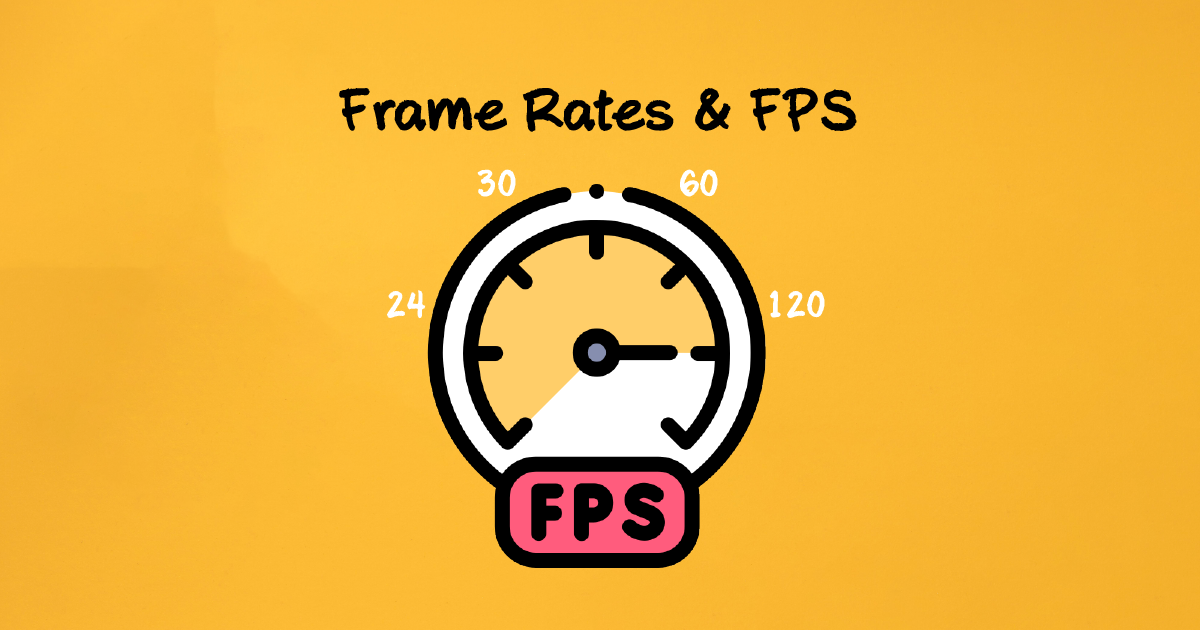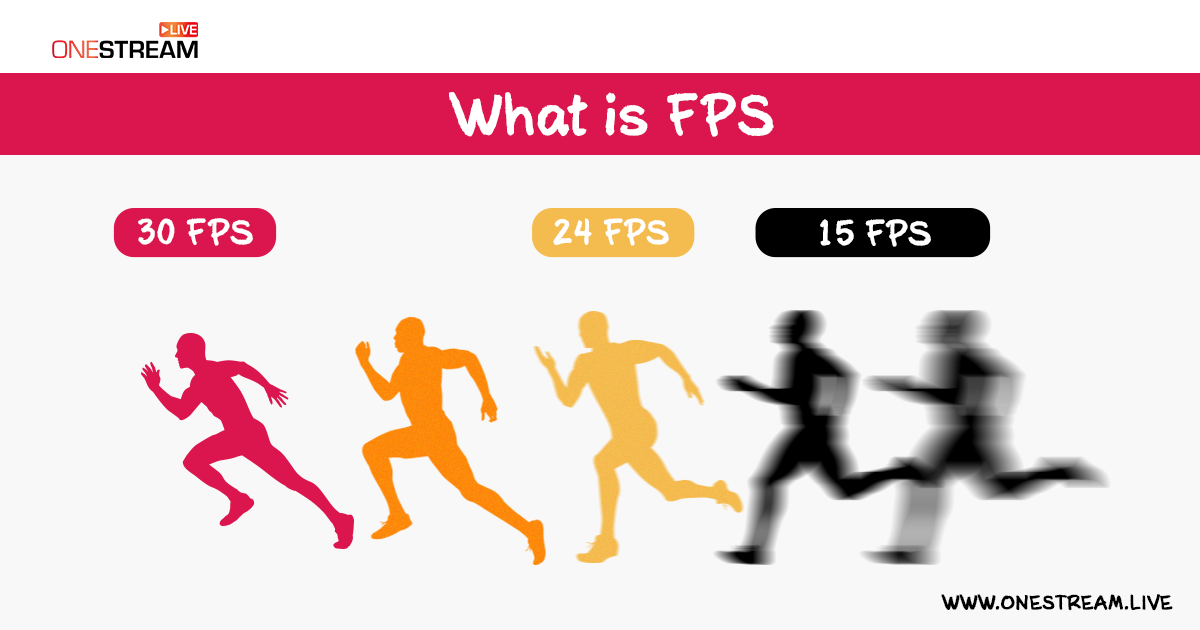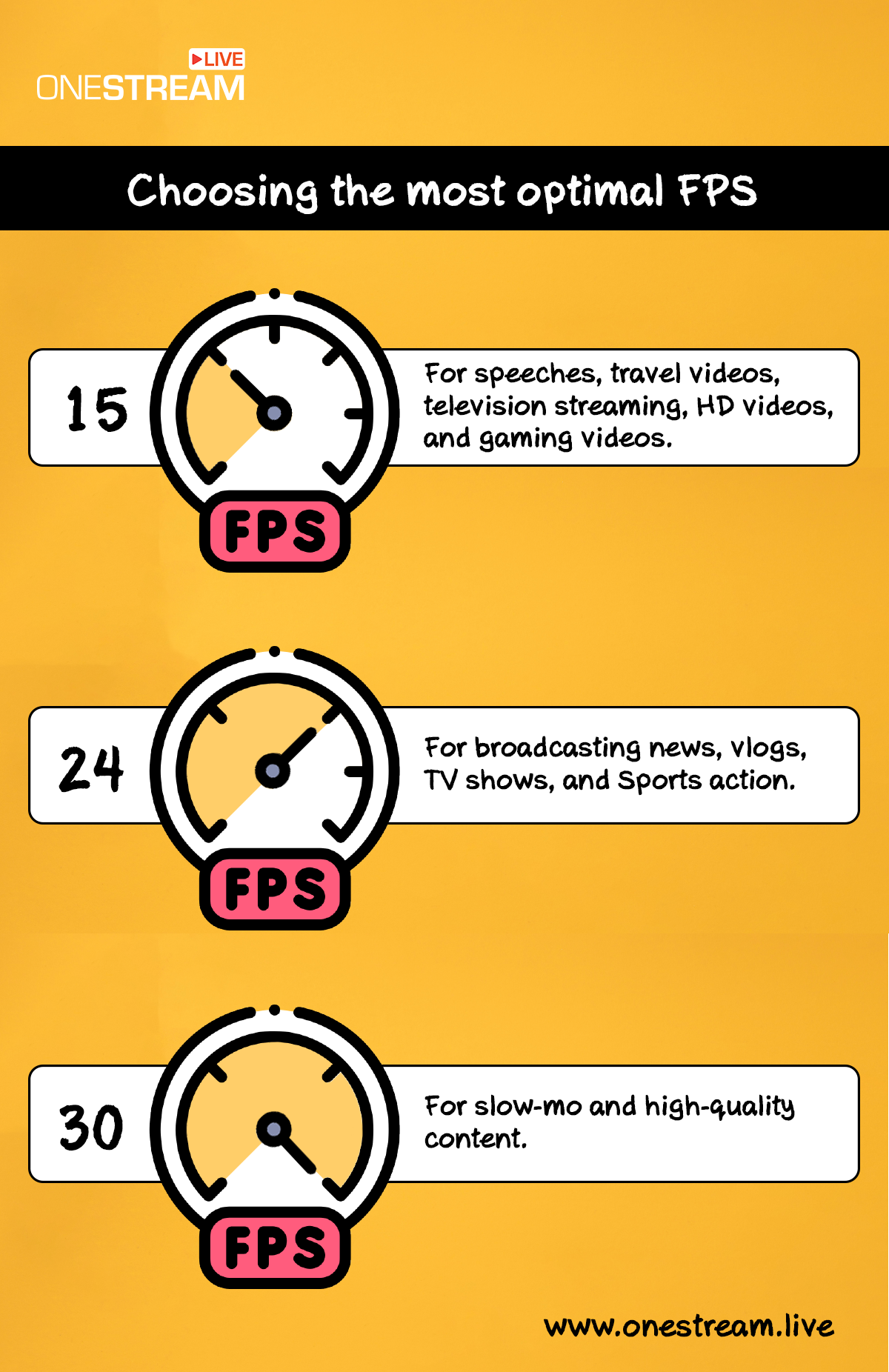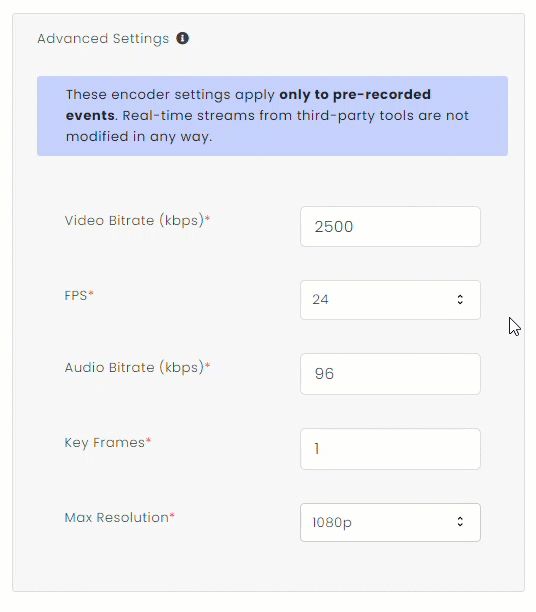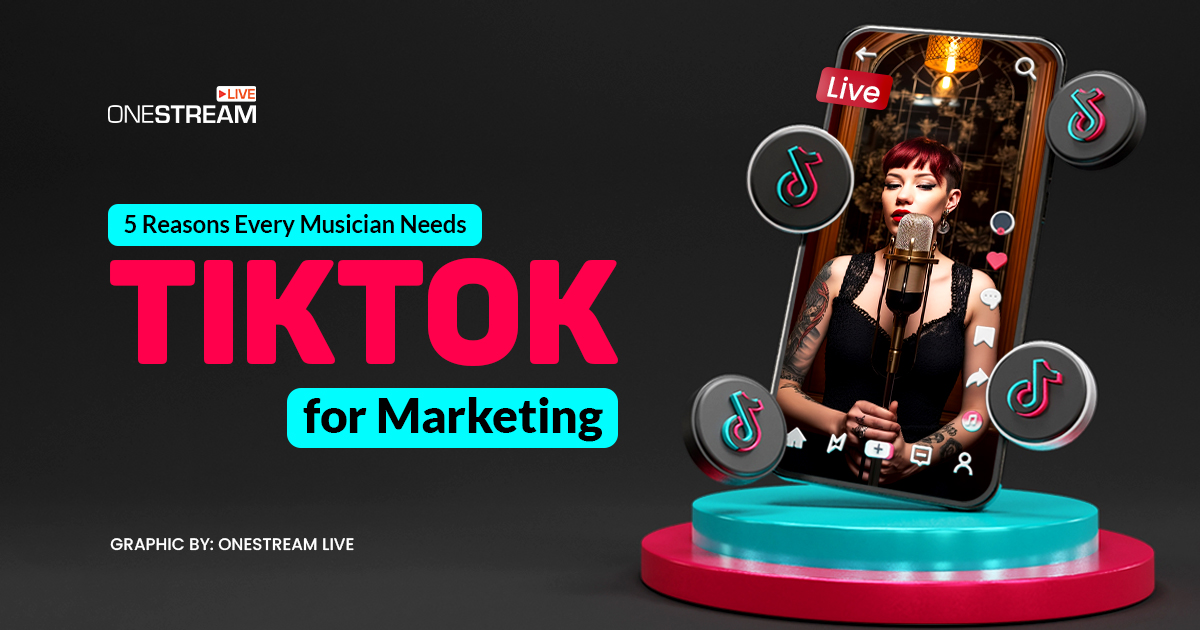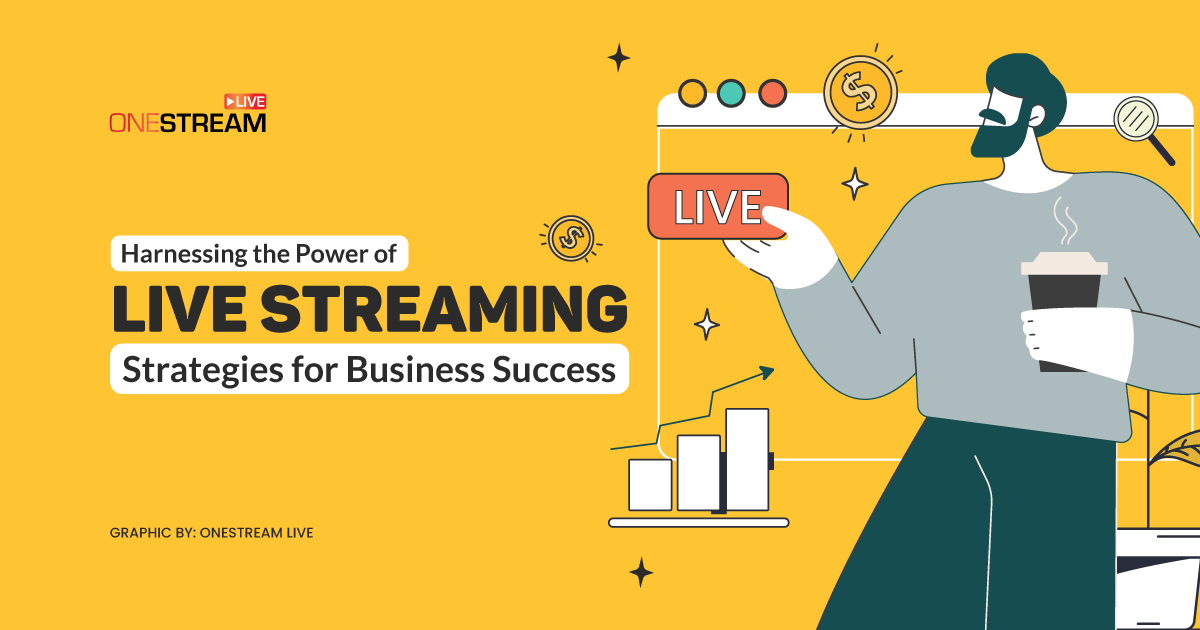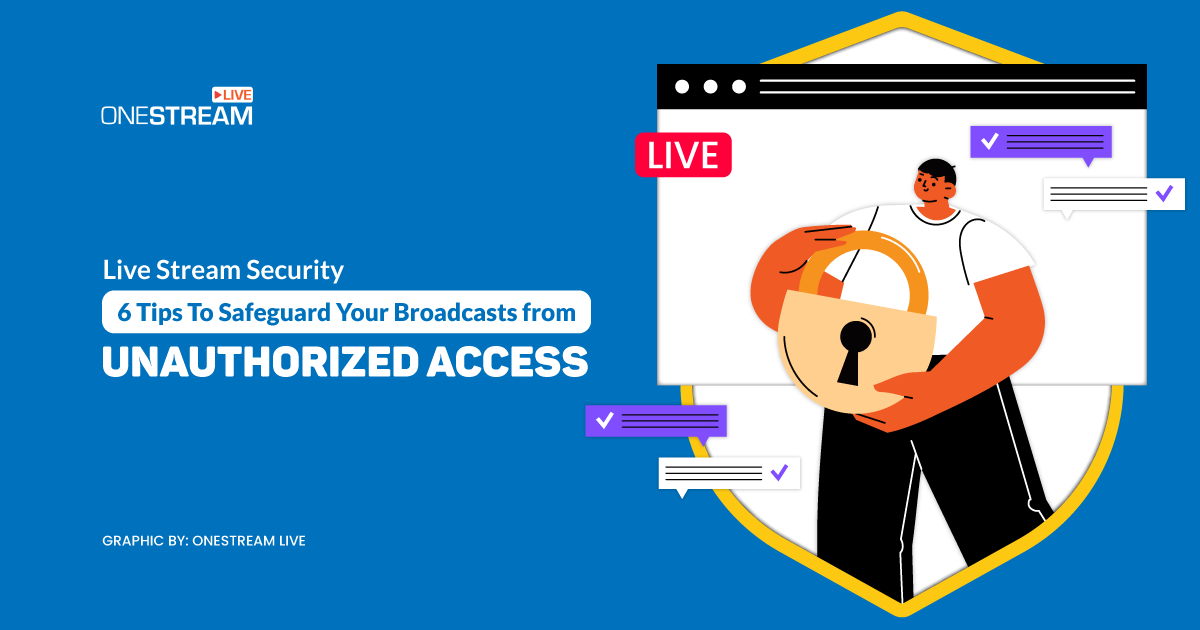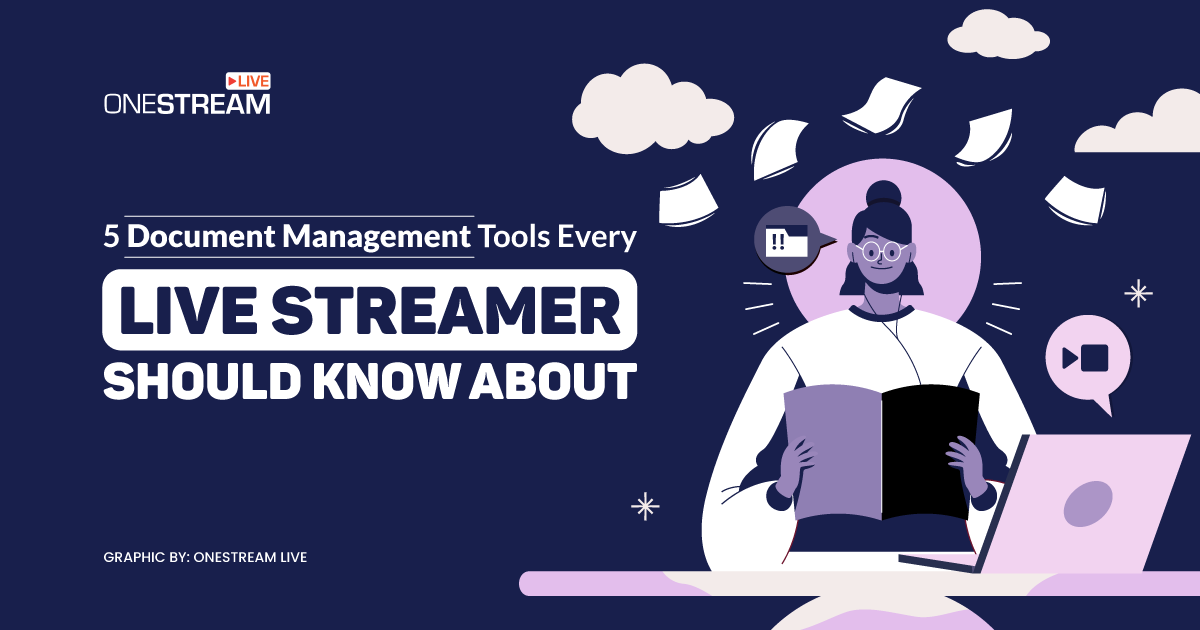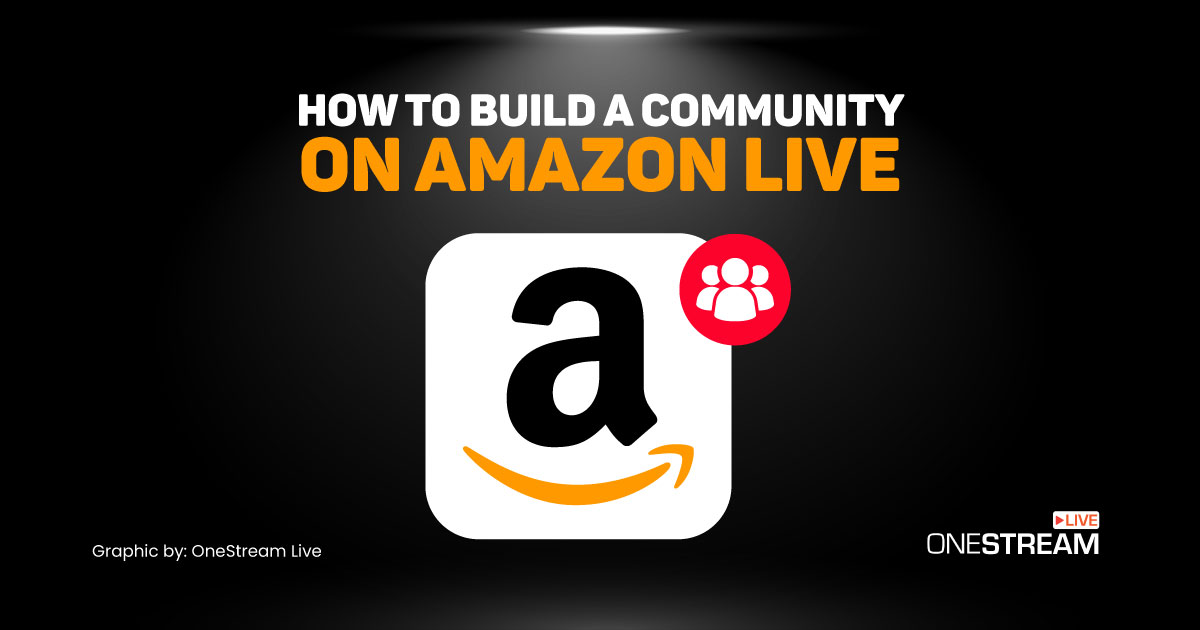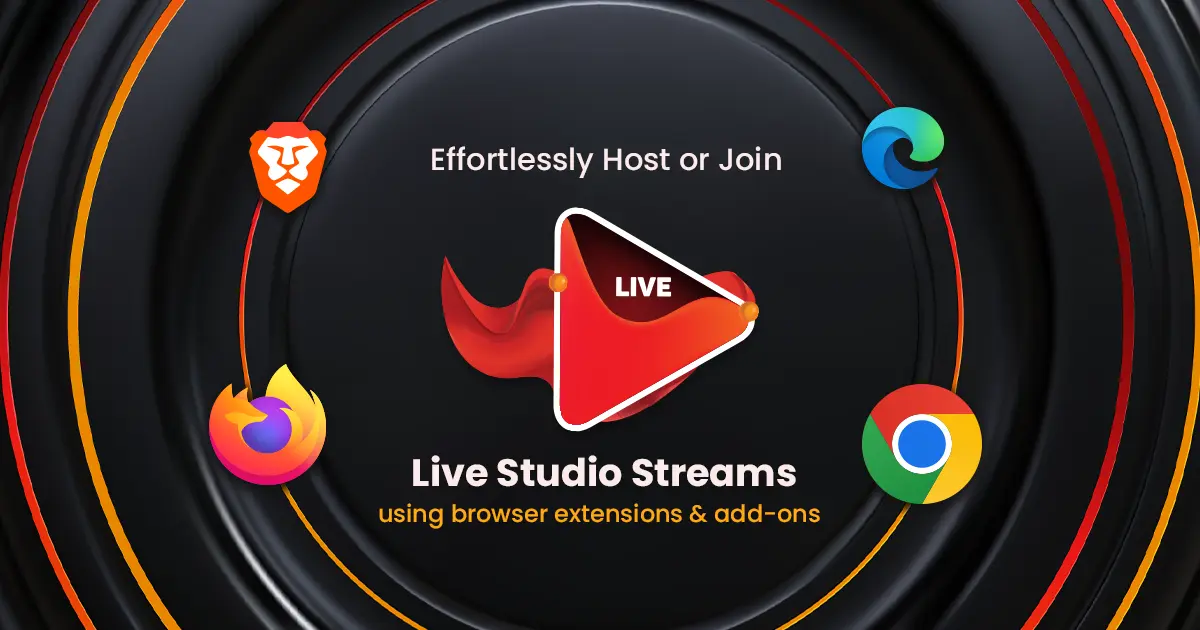When it comes to broadcasting a successful live stream, you want your stream to steer clear of technical snags and appear flawlessly to the viewers. Video parameters such as FPS and Frame rate are crucially important to make this possible. The Frame rate or the FPS impacts the quality of your video and the user viewing experience. Before we learn why FPS and Frame rate are noteworthy for a satisfactory user experience, let’s understand what FPS and Frame rate is.
In this Article:
🤔 What is Frame Rate?
When we watch a video, it gives an impression that it was shot as a continuous recording. On the contrary, the camera captures multiple images in a second, called Frames. These frames are displayed in the video at such a high frequency that they seem to be in motion. Take the example of a flipbook. A flipbook has an image on every page; when we flip those pages, the human eye perceives it as if the pictures are in motion.
The frame rate measures the speed at which several frames appear in a second.
❓ What is FPS (Frames Per Second)?
FPS or Frames per second is the number of images displayed in a second. The frame rate of 30 signifies that 30 images are seen in a second.
✍️ Types of Frame Rates Per Second
Your eyes can process data at a specific rate. If the Frame rate is slower than the rate at which the eyes take information, the video will appear choppy. If the Frame rate is faster than the specific rate at which the eyes perceive any information, you will not be able to register the data that the video displays. To maintain a balance, you must know the different types of frame rates and when to use them.
24 FPS
The standard rate for videos on the web, film, and Live TV is 24 Frames per second. It gives a smooth viewing experience. Streaming TV and the gaming communities use this frame rate to get a cinematic experience in their videos. With this frame rate, you will experience a naturally smooth experience as it is identical to how we see motion with our eyes.
30 FPS
This is the commonly used frame rate for live streaming and television video, a 30 frame rate per second boosts the quality of the video. With six extra frames, you can exhibit more detail in the video. 30FPS is primarily used for recording and streaming a sports event, live news, soap opera, webinars, or a video with a lot of motions.
60 FPS
Since it has more frames, 60FPS offers a more detailed experience. 60 frames per second are considered a high-speed frame rate. It is used to record and stream slow-motion videos or video games like PUBG, Fortnite, Minecraft, Call of Duty, and others that include ample action, as it adds more frames which result in the smoothness of movement and representation of the game with more detail. Gamers on Twitch use 60FPS for streaming. If the video game is streamed at 24FPS, the action of the characters in the game will appear choppy and disoriented. As games are more graphically demanding, a higher frame rate is more common to display the motion naturally. A high frame rate in gaming greatly affects the performance and experience. 60FPS is also used for sports live streaming and fast motion videos. With this frame rate, you can capture the in-between, more detailed moments.
🛎️ Importance of FPS in Live Streams
FPS or frames per second is necessary for live streaming because they affect the quality of your content when it is shot and your audience’s viewing experience. As discussed above, a video with a low FPS gives a cinematic view, whereas a high FPS video provides an in-depth and more detailed experience to the viewers. More frames will be used to represent the content smoothly when there is more motion in the video.
Since it helps in the audience’s viewing experience, it is essential to know what is the best frame rate for videos.
😎 Choosing the Best FPS For Your Live Streams
Different FPS generates different results. The chosen FPS is dependent on the style of your content. A low FPS will be mandated if you are producing a film or TV show. On the other hand, if there is a lot of motion in your content, a high FPS will be required to capture and display the activities smoothly. A high FPS will also give you more detail of the captured motions.
Tip: It is important that you live stream at the same frame rate as the video was created. For example, if you have shot the footage at 30FPS, you should live stream it at 30FPS. Otherwise, it would appear unnatural, choppy, and of poor quality.
Before you begin live streaming, verify the permitted FPS by the destination you plan to live stream on. Generally, the social platforms permit live streams with 30FPS. To assist you better, we have enlisted what FPS to use in detail here:
24FPS
- While delivering a speech
- For travel videos
- Television
- High-definition videos
- Gaming videos
30FPS
- Broadcasting News
- General use
- Sports action
- To add more detail to fast-paced videos
- Vlogs and TV shows
60FPS
- Slow-mo content.
- High-quality footage
Recommended FPS by Social Media:
The majority of the social platforms like Facebook, Instagram, LinkedIn, and TikTok advise keeping 30FPS for live streaming. OneStream Live broadcasts the videos at 30FPS as recommended by the social platforms to provide your audience with a high-quality viewing experience. Our system encodes the video to the correct FPS if your live stream has a higher or lower FPS. However, if you wish to live stream on a Custom RTMP account that allows live streaming with a lower or higher frame rate, that is certainly possible using OneStream Live.
❗Final Takeaway
FPS greatly affects the quality of your live streams. The naked eye may be unable to tell the difference between a 15FPS video and a 24FPS video. But the contrast is quite visible when watching the news captured at 30FPS and a movie created with 24FPS. So, a higher frame rate will be preferred if you are live streaming content with a lot of motions like gaming and sports. A low frame rate will be used if the content involves fewer motions, such as church streaming or just a webinar.
Now that you know the basics of FPS, it’s time to grow your audience with OneStream Live. Get Started Free!
OneStream Live is a cloud-based live streaming solution to create, schedule, and multistream professional-looking live streams across 45+ social media platforms and the web simultaneously. For content-related queries and feedback, write to us at [email protected]. You’re also welcome to Write for Us!

